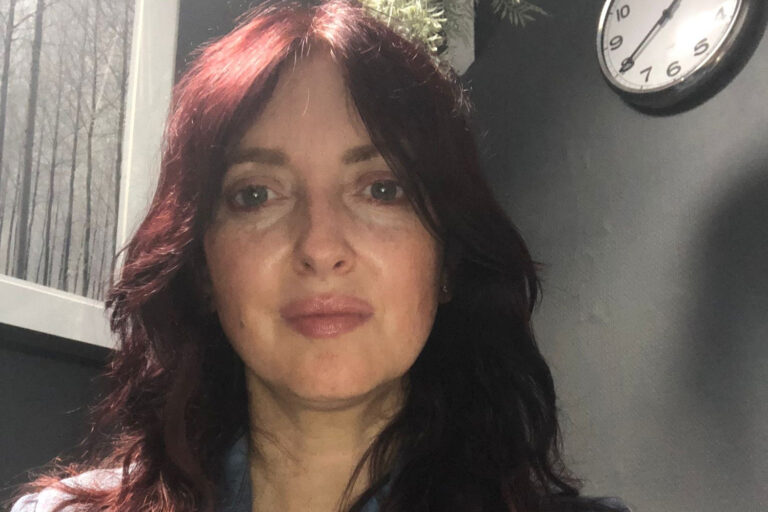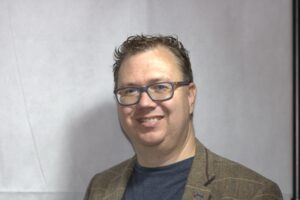Back in the 1990’s dyslexia was not seen in the same way it is today!
A lot has changed in the past 30 years (outside dial up internet, mobile phones, wide screen TVs, DVD’s, and interesting haircuts) the way dyslexia is seen in schools and workplace has changed significantly.
But there is still more to do!
This episode’s guest Donna Stevenson tells us how, today companies want to learn more about dyslexia and other neurodiversities and even appoint more into roles within their organisation. Donna tells us that this wasn’t quite the case in the 90’s when she started working with the British Dyslexia Association (BDA) after a short career break from teaching.
Donna Stevenson started her career as a Nursery Nurse and a Primary School teacher, where she developed a passion for supporting those learners with dyslexia. At this time, the training for teachers to all children with ‘specific learning difficulties’, which included dyslexia, was crammed into an afternoon. Feeling like it wasn’t enough and wanting to do more, Donna decided to pursue her passion to help people with dyslexia.
Over the years at the BDA she worked with children and adults with dyslexia; working within education and workplaces to raise awareness and champion the Dyslexia Friendly approach.
Her passion in the latter part of her career is now supporting adults in the workplace through delivering training and as a Workplace Needs Assessor. She has recently joined the Success With Dyslexia (SWD) team as Head of Training and Assessment, utilising her years of experience to create a global service.
In this episode Donna tells us how sharing lived experience is invaluable to better understanding dyslexia and educating people on how to succeed with dyslexia. Donna pulls for my own lived experience with her father having had dyslexia.
Key Topics:
- Seeing children with dyslexia as a ‘write off’ and wanting to do more to help people with dyslexia learn.
- Pursuing a passion to help dyslexic people at school and in the workplace.
- How dyslexia was seen in the 90s, but there is still more to do!






